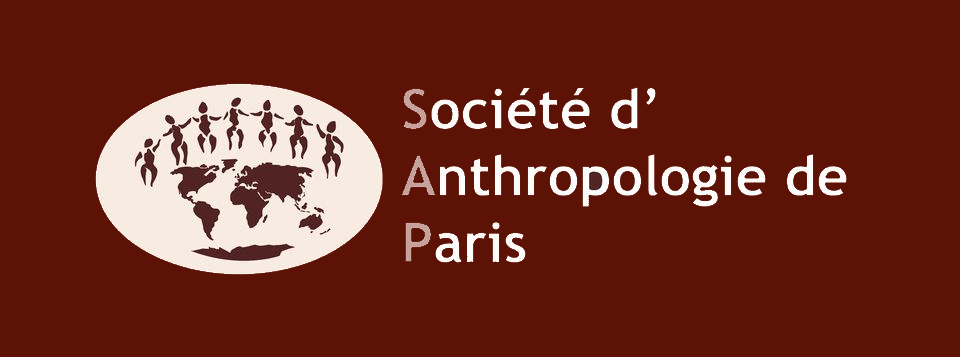27-29 janvier 2016 à Lyon, Musée des Confluences
Thème 1 : L’interdisciplinarité au service de l’étude des populations du Proche-Orient et des régions voisines
Communication inaugurale : I. HERSHKOVITZ, O. MARDER et O. BARZILAI, Human occupation of the southern Levant at the Terminal Middle Paleolithic
Thème 2 : Acquisition, gestion et partage des données quantitatives en anthropologie biologique
Communication inaugurale : H.C. PETERSEN, Acquisition, manipulation, and dissemination of biological anthropological quantitative data - An essay of introduction
L’ostéométrie et le développement de nouveaux instruments de mesure sont étroitement liés à l’histoire de l’anthropologie biologique et de l’étude des populations du passé. À l’heure où de nouvelles techniques d’acquisition de données quantitatives se multiplient en anthropologie biologique, tant sur le terrain qu’en laboratoire, un double constat peut être fait. D’une part, nous connaissons mal la précision des instruments et la reproductibilité des méthodes ; d’autre part, les données quantitatives pourtant générées en grand nombre sont peu partagées. L’objectif de ce thème est de discuter ces différents aspects, en s’intéressant notamment aux données ostéométriques, mais également à d’autres types de données quantitatives (p. ex. nombre d’éléments, poids). Seront également discutés les nouvelles techniques d’acquisition (p. ex. photogrammétrie, tomodensitométrie) et leur intérêt, sans toutefois se focaliser sur les détails techniques. Les différents points abordés seront les suivants :
- Méthodes d’acquisition des données : directement (sur les objets d'étude) / indirectement (p. ex. d’après modèle virtuel), aussi bien sur le terrain qu’en laboratoire ;
- Précision et reproductibilité des mesures ;
- Acquisition des données ostéométriques en contexte d’archéologie préventive et son apport à la recherche fondamentale ;
- Bases de données et diffusion des données brutes (ostéothèques, musées, etc.) ;
- Influence de la répétition des mesures sur la taphonomie des vestiges humains.
Ce thème prendra la forme d’un symposium. Après une communication invitée, il s’articulera autour de communications affichées uniquement qui feront l'objet d'une très courte présentation orale et d'une large plage de discussions, « aux pieds des posters ». Enfin, un long temps de discussion permettra l’échange d’expériences entre participants (donc membres de différentes institutions) avec comme objectif la formulation de propositions concrètes concernant le partage de ces données.
Thème 3 : Actualités de la recherche
Ce thème rassemblera les acquis récents de la discipline qu’il s’agisse de découvertes inédites ou d’avancées méthodologiques.
Comité Scientifique des journées 2016 |
Comité d'Organisation des journées 2016 |



